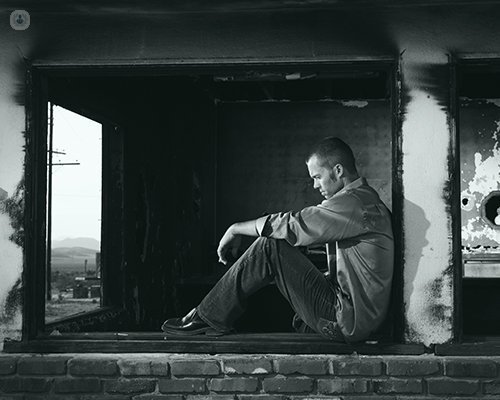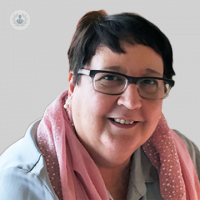Seasonal Affective Disorder
Written by:
Autumn is a season that affects health, either by colds, worsening rheumatism or seasonal sadness. Specialists in psychiatry speak of Seasonal Affective Disorder, more commonly known as seasonal depression.
Seasonal Affective Disorder: risk factors
At the onset of seasonal depression both psychological and biological factors influence.
Regarding psychological factors, the arrival of autumn implies a change in daily life. The end of summer, the sun radiant, vacation, back to the routine ... all makes outdoor activities are reduced. There are many people who resents them this. However, we can not call it depression and subsyndromal faintest boxes of little relevance.
On the other hand, in terms of biological factors climate and hours of sun influence. The cold, for example, does not affect in any significant way to depressive symptoms. However, it is true that many patients with depressive disorders have a high intolerance to cold. This is because they exhibit a dysregulation of body temperature.
The variation in hours of sunlight does affect mood disorders, especially depression. However, it is important to note that depression is not a single clinical entity, but a group of diseases with common but different symptoms each other. It is therefore necessary to distinguish between:
- Worsening of patients with Major Depressive Disorder or Bipolar Disorder. Between 20 and 25% of patients already suffering from depressive symptoms in severe forms worsen during seasonal change in autumn.
- Patients with Seasonal Affective Disorder. Patients with this disorder is well and with a normal mood for most of the year. But during the winter period, they are struggling to function properly: it costs them up, have upset stomach, increased appetite, have little energy and attention and concentration difficulties, also avoiding social contact.
Who is affected by Seasonal Affective Disorder?
Seasonal Affective Disorder may appear in early adulthood, from age 20. Like all depressive syndromes, it is more common in women. It usually occurs in high latitude regions of the northern hemisphere, having found rates almost up to 10% of the population in countries such as Finland. Compared with regions with a sunny state, such as Florida where the incidence is 1.5% of the affected population, it is clear the influence of light.
In Spain, severe Seasonal Affective Disorder is very rare, possibly due to the large number of hours of sunshine throughout the year with a high degree of brightness. If symptoms of this type of depression appear, they are very mild and transient. Another issue is that of those who suffer a major depressive disorder experience a worsening of their clinical course.
Treatment of Seasonal Affective Disorder
Patients who already suffer Affective Disorder, either depression or bipolar disorder, it is vital that at this time of year to be especially careful with their treatment. At the slightest sign of being worse, it is important to come to your psychiatrist to reevaluate and adjust treatment. When it is a Seasonal Affective Disorder, it is best to be alert to the evolution of the sensations produced. If the patient also suffers fatigue, sleepy during the day is sad and isolated ... it is time to see a doctor. It will be the specialist who determine the cause and if necessary treat it according to the ailment and the peculiarities of each.
There are two tips that can help in the treatment of Seasonal Affective Disorder:
- Eating a balanced diet that provides enough vitamins and omega-3.
- Physical exercise outdoors, a simple walk, during daylight hours.


